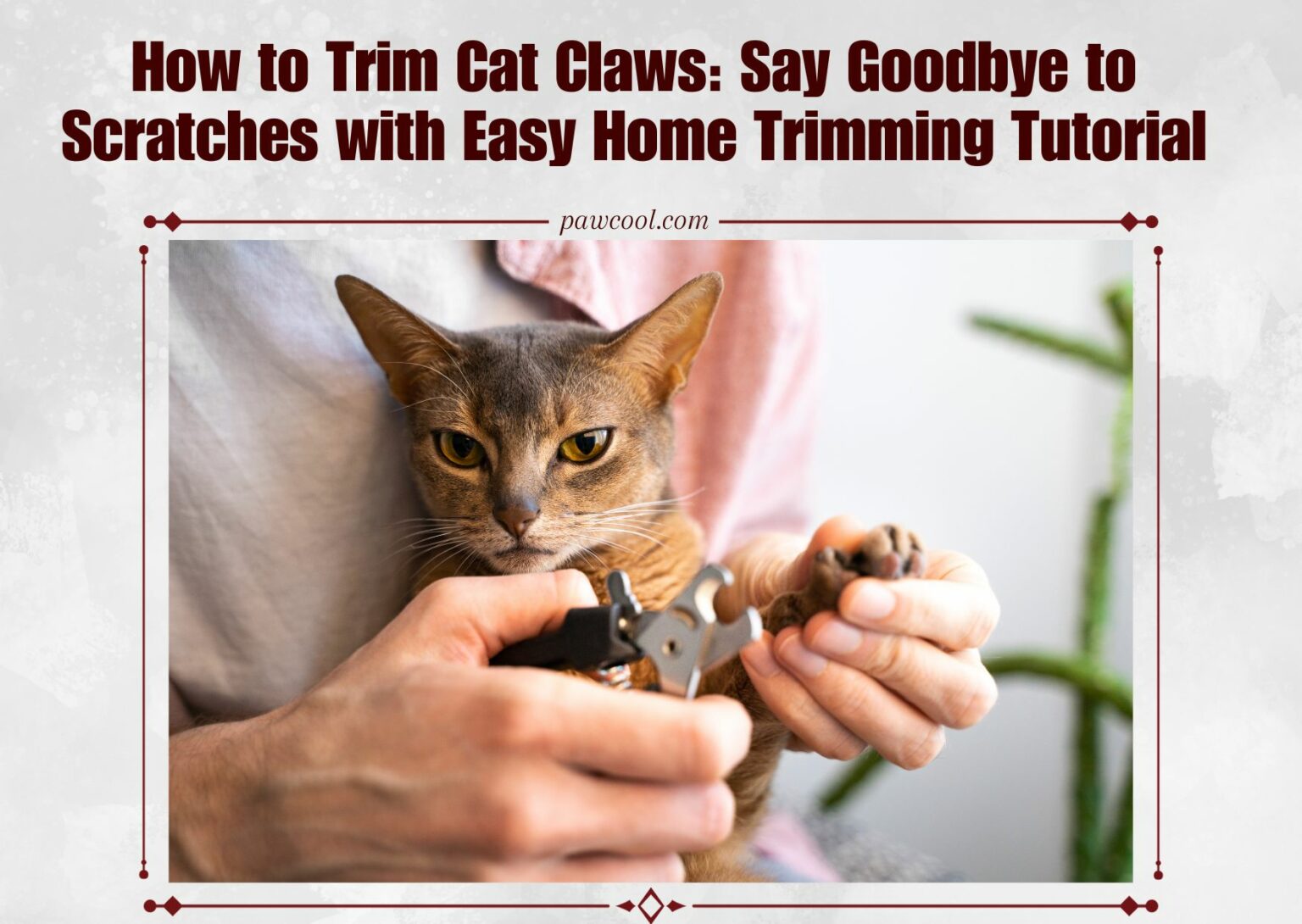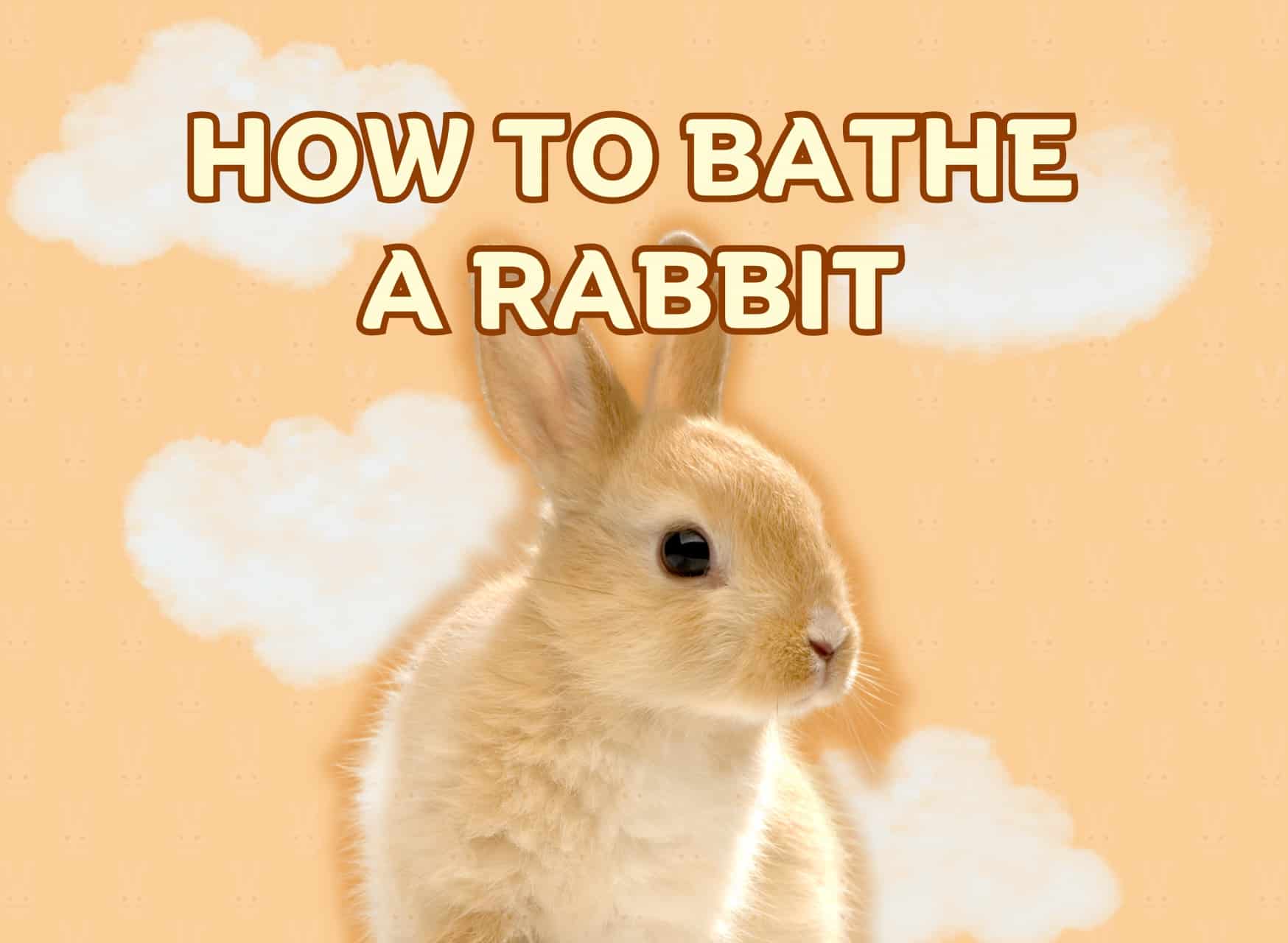How to Trim Cat Claws: Say Goodbye to Scratches with Our Easy Home Trimming Tutorial

Sharing is Caring!
Introduction
Welcome to this comprehensive guide on how to trim cat claws. We’ll dive into the world of our feline companions with the intention to pack you with all the knowledge you need to safely care for your cat’s claws right at home. Trimming cat claws might seem daunting due to the fear of hurting them or the daunting task of managing a less-than-cooperative pet, but we believe that with the right approach and tools, you can do it successfully.
In this informative and engaging guide, our goal is to transform the seemingly intimidating job into an easy, routine task that fosters bonding between you and your feline friend. You can say goodbye to painful scratches and damaged furniture, and hello to well-groomed claws. Keep reading to learn more about the safe, effective, and surprisingly manageable methods to keep your cat’s claws neat and trim.
Understanding the Importance of Trimming Cat Claws
When it comes to cat grooming, one might wonder about the need to trim cat claws. The truth is, cutting cats claws not only helps to stop scratching, but it is also an essential part of maintaining your feline friend’s overall health. Understanding how to cut cat claws may seem like a daunting chore, but it’s a task that cat owners should regularly perform for several compelling reasons.
Firstly, a cat’s claws can become overgrown if left untrimmed. Overgrown claws have a higher chance of getting snagged on various surfaces, like carpets or your favorite couch, potentially leading to painful injuries. Additionally, untrimmed claws can curl back into your cat’s paw pads, causing discomfort or even infection.
Secondly, regular claw trimming can greatly reduce the damage done to your furniture, carpets, and even your skin. Providing your cat with a scratching post is essential, but it won’t fully mitigate the potential harm if their claws are sharp and long. After all, asking a cat not to scratch is like asking a bird not to fly—it’s a natural behavior.
Gathering the Essential Tools for Trimming Cat Claws
When learning how to trim cat claws at home, it’s crucial to have the right tools at your disposal. Using the proper tools can ensure a safe and effective trimming process, causing minimal stress to your feline friend. So, prior to taking on this task, see to it that your tool kit is well-assembled.
The Essential Tools
- Cat Nail Clippers: These are specifically designed for cats, making the cutting process easy and safe. Standard human nail clippers won’t fit the bill as they can cause splitting or crushing the cat’s claws.
- Cat Nail Grinder: Another popular tool, especially if your cat has an aversion to clippers, is a nail grinder. It works by grinding off the tips of the claws, and while it may take a little more time, it can be less stressful.
- Styptic Powder: This is a must-have in your toolkit. Even with the utmost care, there can be times when you might accidentally cut into the quick (the sensitive part of the nail that contains blood vessels). Styptic powder is used to stop the bleeding effectively.
- Treats: Not exactly a tool, but it’s an excellent reinforcement. Keep some delicious treats on hand to reward your cat after the trimming session. This ensures a positive experience, making future trims easier.
Choosing the Right Tool
Selecting the right tool is half the battle won. Some cats may prefer clippers while others may find grinders to be less traumatic. It’s all about figuring out what suits your pet best. Consider factors such as the size of your cat, its temperament, and whether it has any specific fears or sensitivities. Keep in mind that starting with the correct tool will set you on a positive path to learning how to trim cat claws at home.
Step-by-Step Guide: How to Trim Cat Claws at Home
Does the thought of trimming your beloved feline’s claws make you tense? You’re not alone. Many cat owners understandably cringe at the idea of wielding a pair of clippers. It doesn’t, however, need to be a steep mountain to climb. In fact, there’s an easy way to trim cat claws at home, and we’re here to guide you through each step.
Always remember, your safety and your cat’s comfort should be the top priorities when you decide to trim their claws.
1. Gather Your Materials
To properly trim your cat’s claws, you’ll need a high-quality cat nail trimmer and a towel. If you have a friendly helper, that’s a bonus.
2. Find a Comfortable Setting
Choose a quiet, relaxed area where your cat feels safe. Consider timing your trimming session to align with your cat’s nap or mealtime when they are most content and relaxed.
3. Position Your Cat Correctly
Wrap your cat lightly in a towel, leaving its paws exposed. This can help keep them calm and prevent any sudden movements that could lead to injuries. If you have a friend or family member available, they can hold the cat while you do the trimming.
4. Examining the Claw
Gently press the cat’s paw to extend the claws. You’ll notice that each claw has a pink area known as the “quick”. This area contains nerves and blood vessels, so you have to avoid cutting into this part to prevent hurting your cat.
5. Trimming the Claw
With the claw extended, take the trimmer and cut the claw at a 45° angle just before the quick. You should only be trimming the thin, clear part of the claw. Repeat this with each claw.
Aftercare: Rewarding Your Cat
After successfully trimming your cat’s claws, reward them with treats, petting, or play. This helps to associate the claw trimming process with positive experiences.
Once you’ve mastered this easy way to cut cat nails at home, you’ll no longer have to fear scratches on your furniture or skin. With practice, patience, and the right approach, trimming your cat’s claws at home becomes a simple, stress-free experience for both of you.
Tips for Trimming an Angry or Nervous Cat’s Claws
Cat owners know it isn’t always a cat-walk in the park when it comes to grooming rituals, especially when figuring out how to trim angry cat claws. An upset kitty can turn a peaceful afternoon into a frenzy of flying fur and unsheathed claws. But don’t worry! This section is dedicated to helping you trim your feline’s claws, even when they’re not in the best mood, while also cutting cat claws to stop scratching your favorite furniture or, worse, your skin!
The Calming Preparations
It’s essential to create a calming environment. Turn on some soothing classical music, dim the lights, and ensure the room is at a comfortable temperature. Of course, remember to have your cat’s favorite treat close by as a reward.
Make Your Move
Once your feline friend seems more relaxed, it’s time to make your move. It’s important to approach the task calmly and softly. Quick, abrupt actions may alarm your cat, transforming a serene kitty into a frightened feline.
Trimming the Claws
- All About the Hold: Snugly but gently, wrap your cat in a towel, leaving only one paw out. This is called the ‘burrito wrap’ and not only does it make them feel secure, but it also prevents them from scratching you or themselves.
- Inspect the Claw: Slightly press the cat’s paw pad to extend the claws. Look for the translucent area known as the ‘quick.’ Trimming into this area can cause pain and bleeding.
- Cutting the Claw: Align the trimmer around the tip, avoiding the quick, and cut swiftly and decisively.
- Ending on a Positive Note: After you trim each claw, give your cat a treat and plenty of praise. This promotes an association between claw trimming and positive reinforcement.
Remember, if your cat seems overly agitated or upset, it’s okay to take a break and try again later. Sometimes, patience is the key to figuring out how to trim angry cat claws.
Additional Tips and Tricks for Cat Claw Maintenance
If you are a cat owner, you might have wondered, “How to cut cat nails without hurting them?” Rest assured, we have you covered. Below are some additional tips and tricks that will guide you through maintaining your cat’s claws without causing discomfort.
Keep an Eye on Their Claws
Regularly inspect your cat’s claws. This is a great habit to develop. Besides, it will be more difficult for an issue to go unnoticed if you are regularly checking. Look out for signs of infection or inflammation, such as redness, swelling, or pus. These could indicate a deeper problem that may require veterinary attention.
Watching Out for Ingrown Claws
Especially in older cats, claws can grow in a circular manner and puncture the paw pad, a condition known as ingrown claws. This can be painful and may lead to infection. Cats suffering from this might limp or seem uncomfortable while walking. Look out for any claws that are curving sharply into the pad, and seek veterinary assistance if you spot any.
Understanding a Cat’s Scratching Needs
Cutting cat claws to stop scratching is often the main reason why cat owners consider at-home trimming. It’s important to understand, however, that scratching is a natural and essential behavior for cats. It helps detach the outer nail sheaths, mark territory, and stretch their muscles. Instead of aiming to stop your cat from scratching, try redirecting this behavior towards more appropriate locations. Providing scratching posts or boards will keep your cat satisfied, and your furniture safe!
Getting Comfortable with Routine
The easy way to trim cat paws is making it a part of your routine with your cat. Rather than seeing it as a special event that causes stress and anxiety, integrating claw care into regular grooming makes the experience more habitual and comfortable for both of you. When your cat becomes accustomed to having their paws handled, the process will become much easier. Remember, patience is the key!
Nutrition and Claw Health
Lastly, never underestimate the importance of a balanced diet when it comes to maintaining healthy claws. Nutritional deficits can affect claw quality, leading to issues like splitting or cracking. Make sure your cat’s diet includes all the necessary vitamins and minerals for overall health.
Conclusion: Mastering the Art of Trimming Your Cat’s Claws
In conclusion, armed with the right knowledge and tools, mastering how to trim cat claws is far from an uphill battle. It’s more about patience, perseverance, and little steps toward achieving this goal. Don’t be disheartened if there are initial hiccups; even experienced cat owners faced these challenges when they started.
Remember, it’s not just about saving your favorite furniture from your feline’s scratches, but also about giving them a comfortable and healthy lifestyle. After all, cats are more than just pets. They are delightful companions who deserve our care and attention. So, start with easy steps, bond with your feline friend during this grooming process, and soon enough, you’ll be trimming cat claws like a pro!
Sharing is Caring!
About The Author
PawCool Team
Related Categories: Cats | Cat Health & Care
Latest Articles

Never Miss A Thing!
All pet stories & guides you care about








